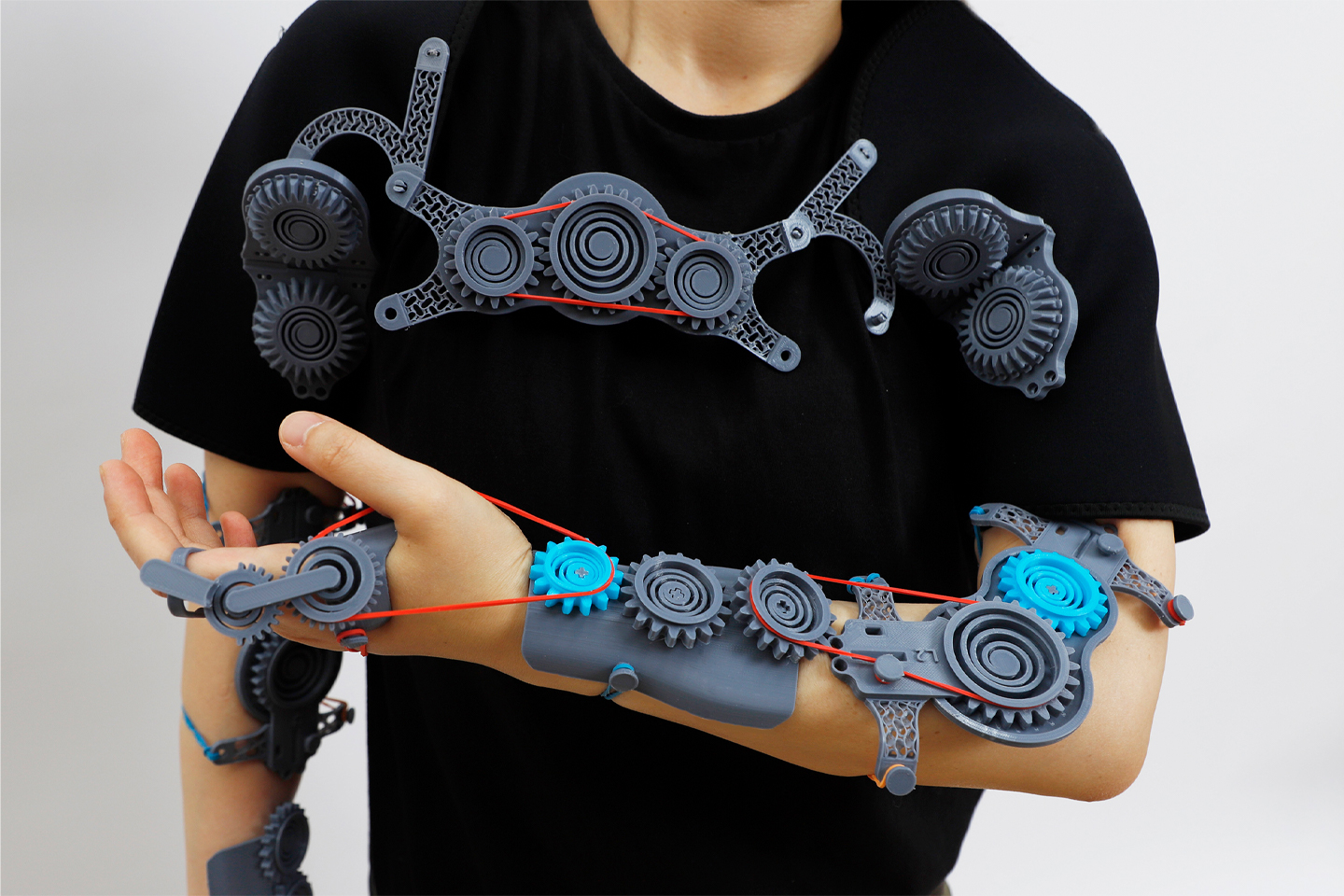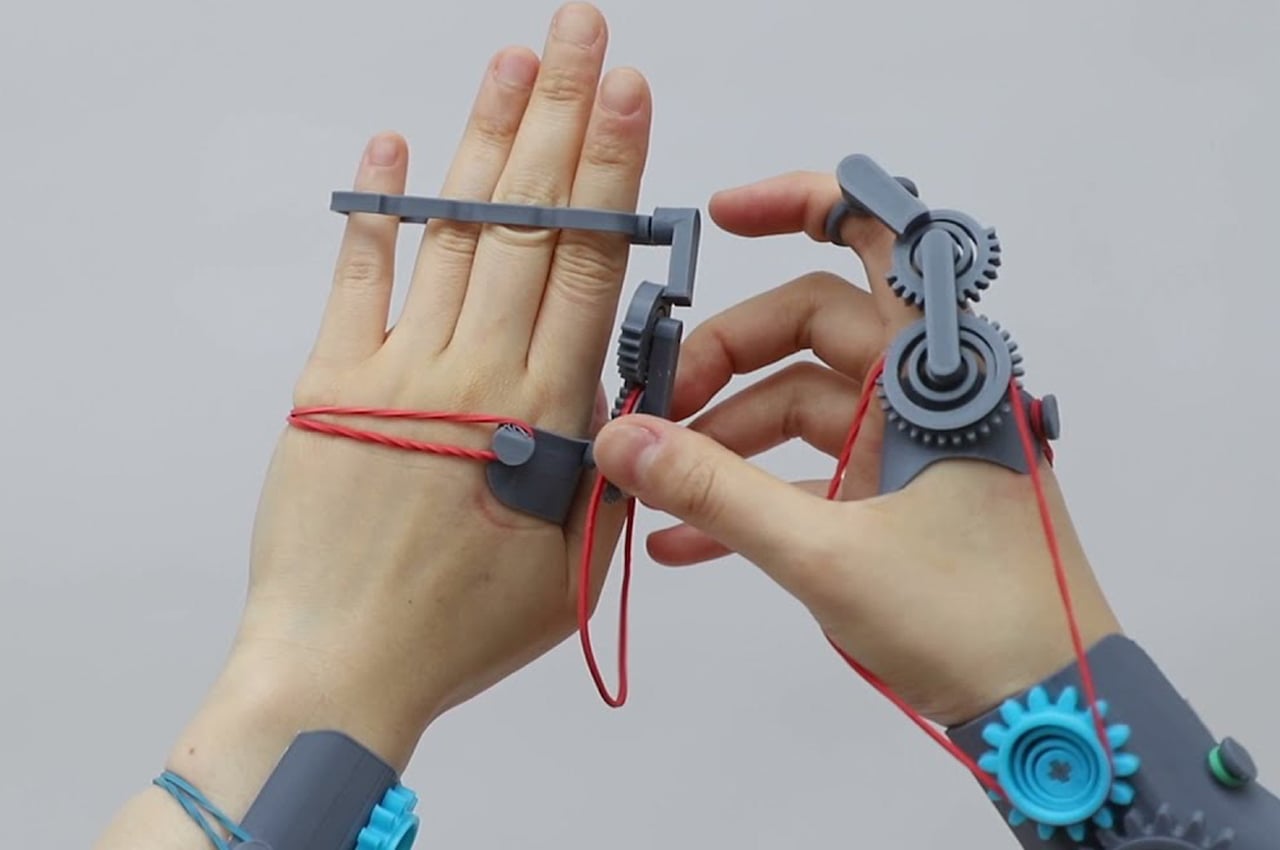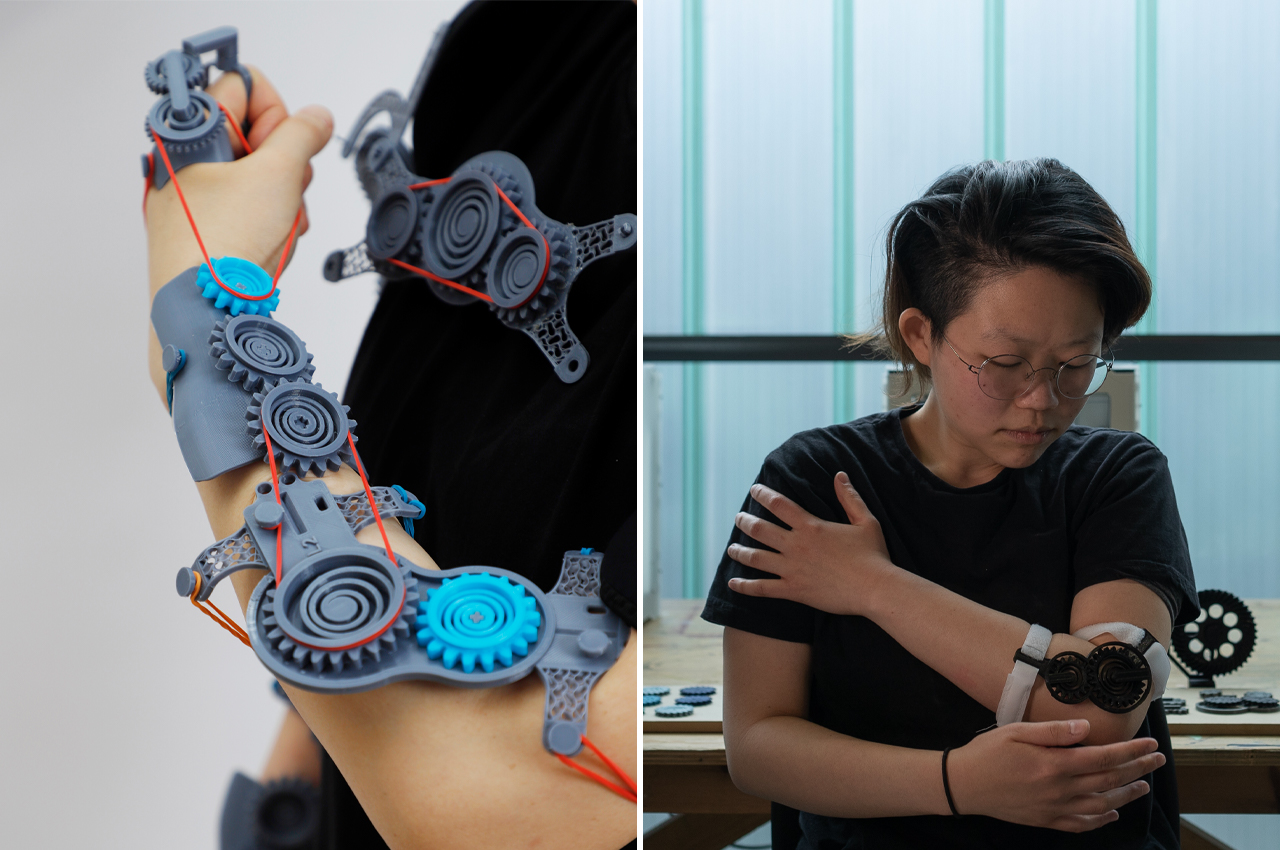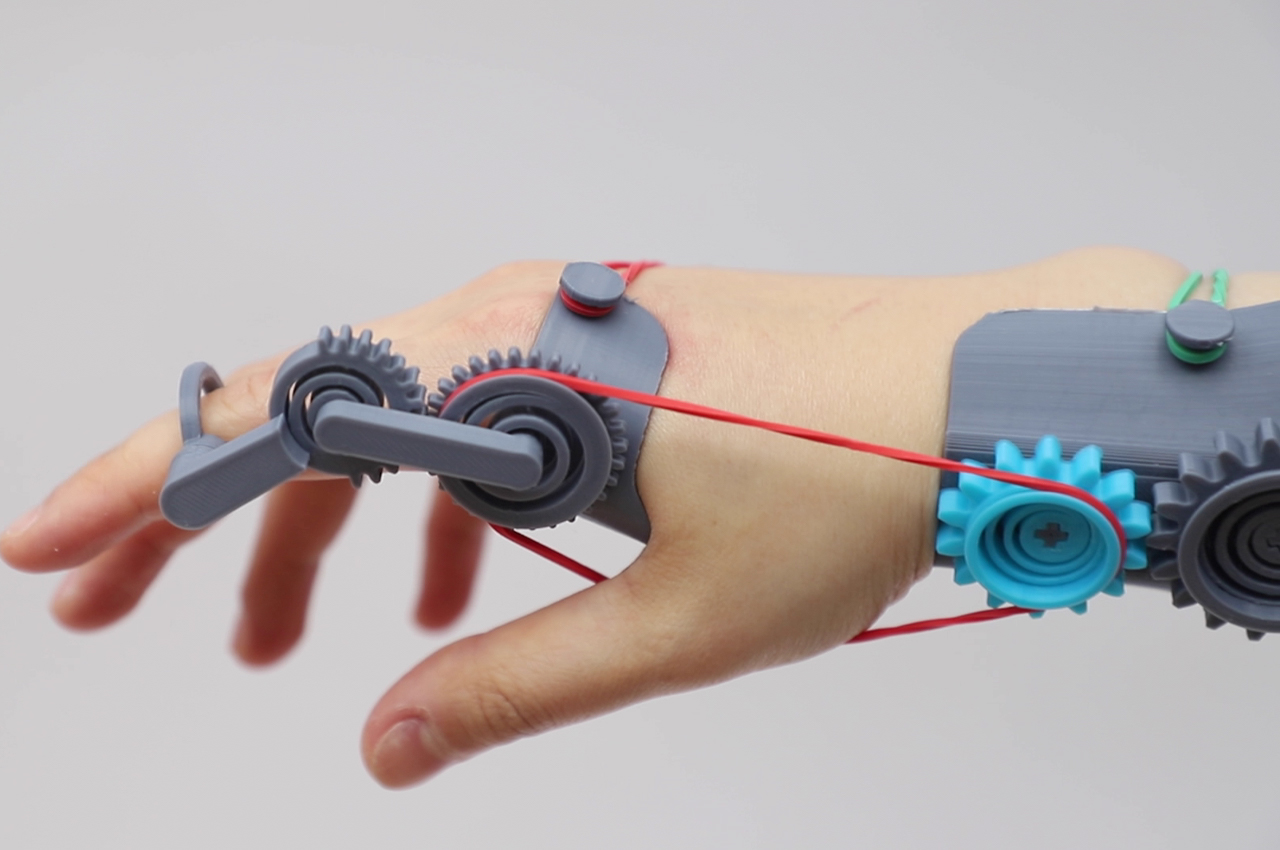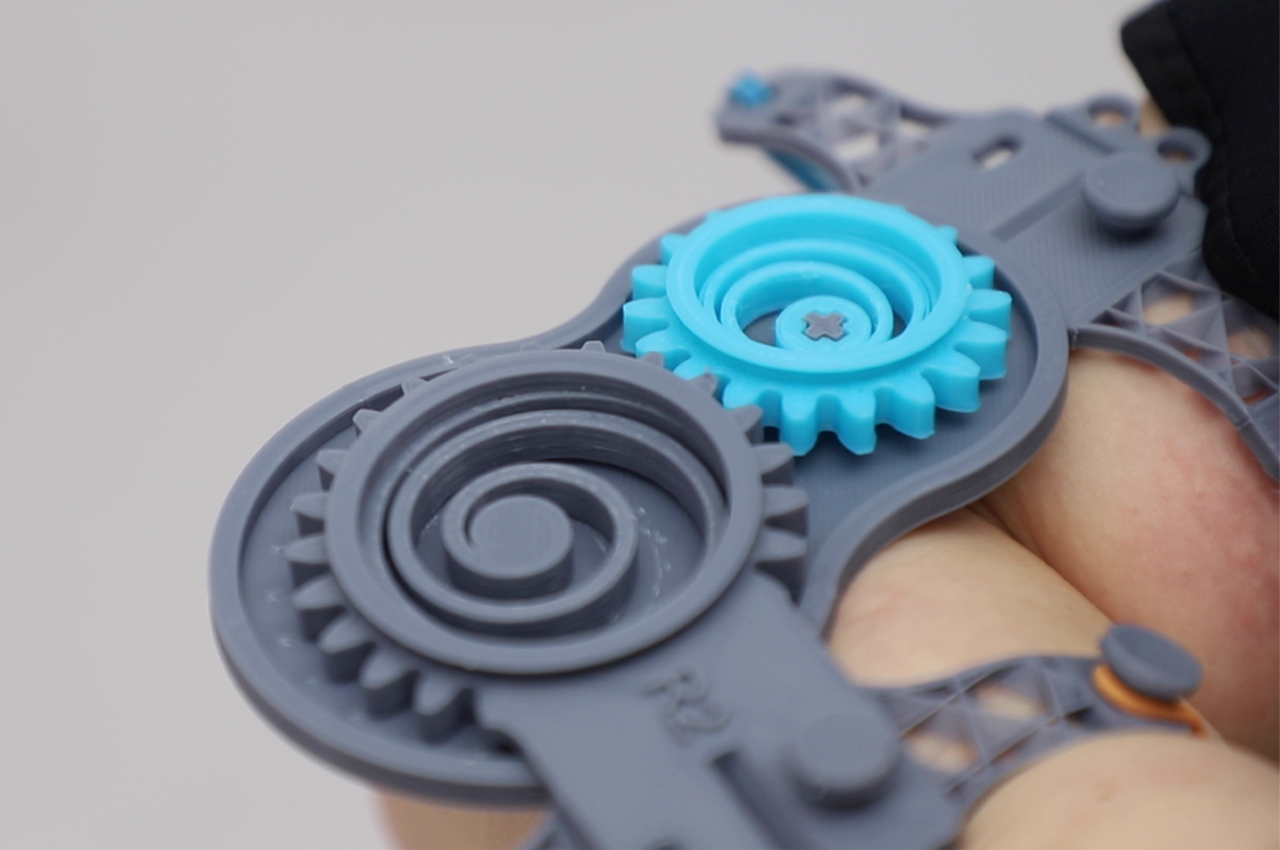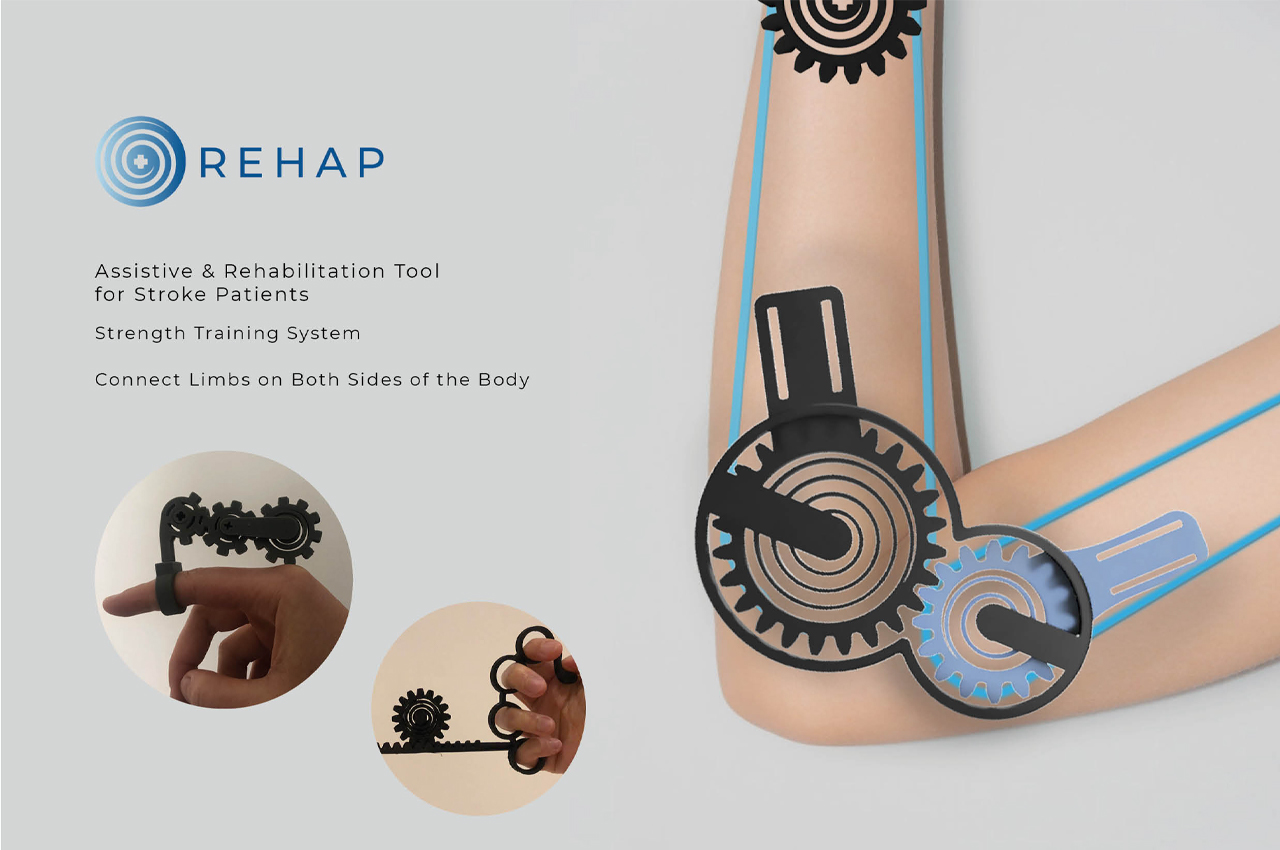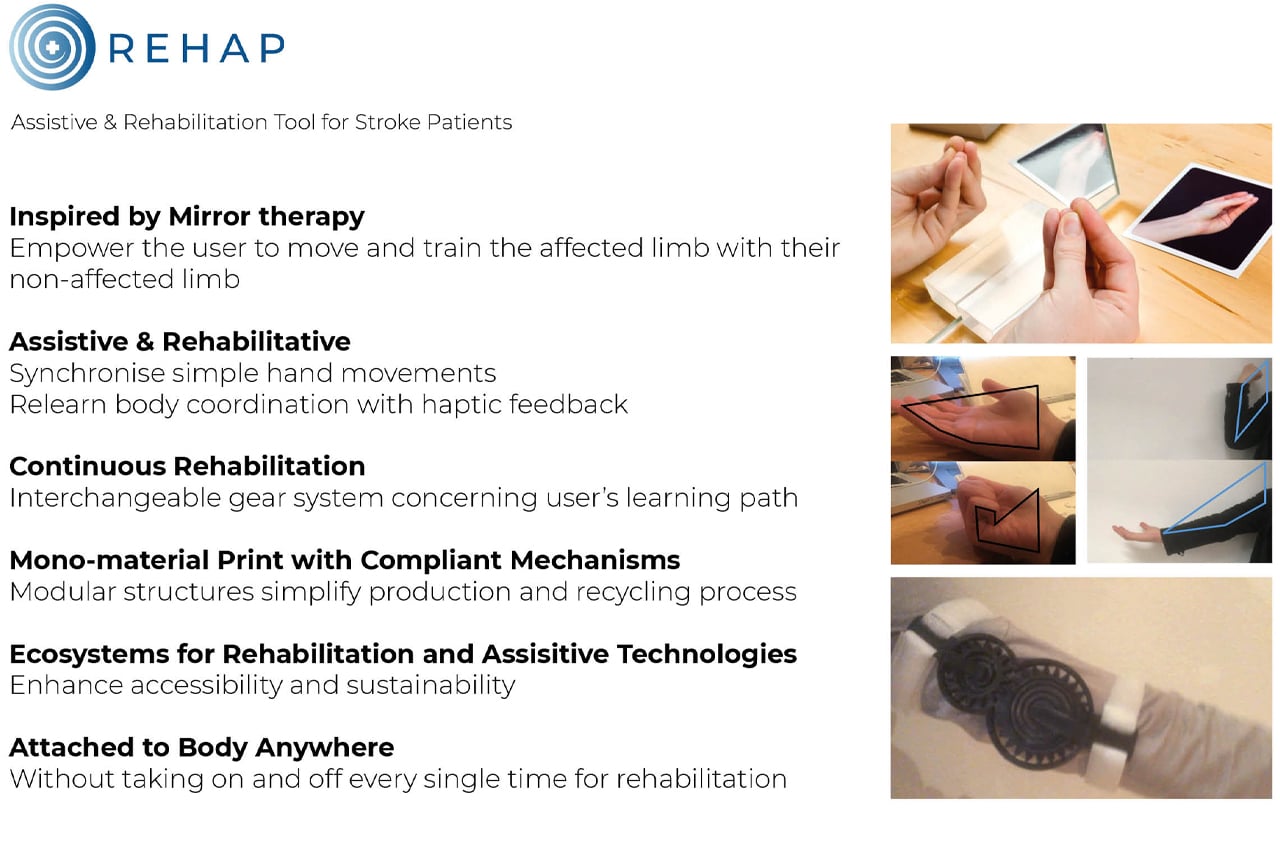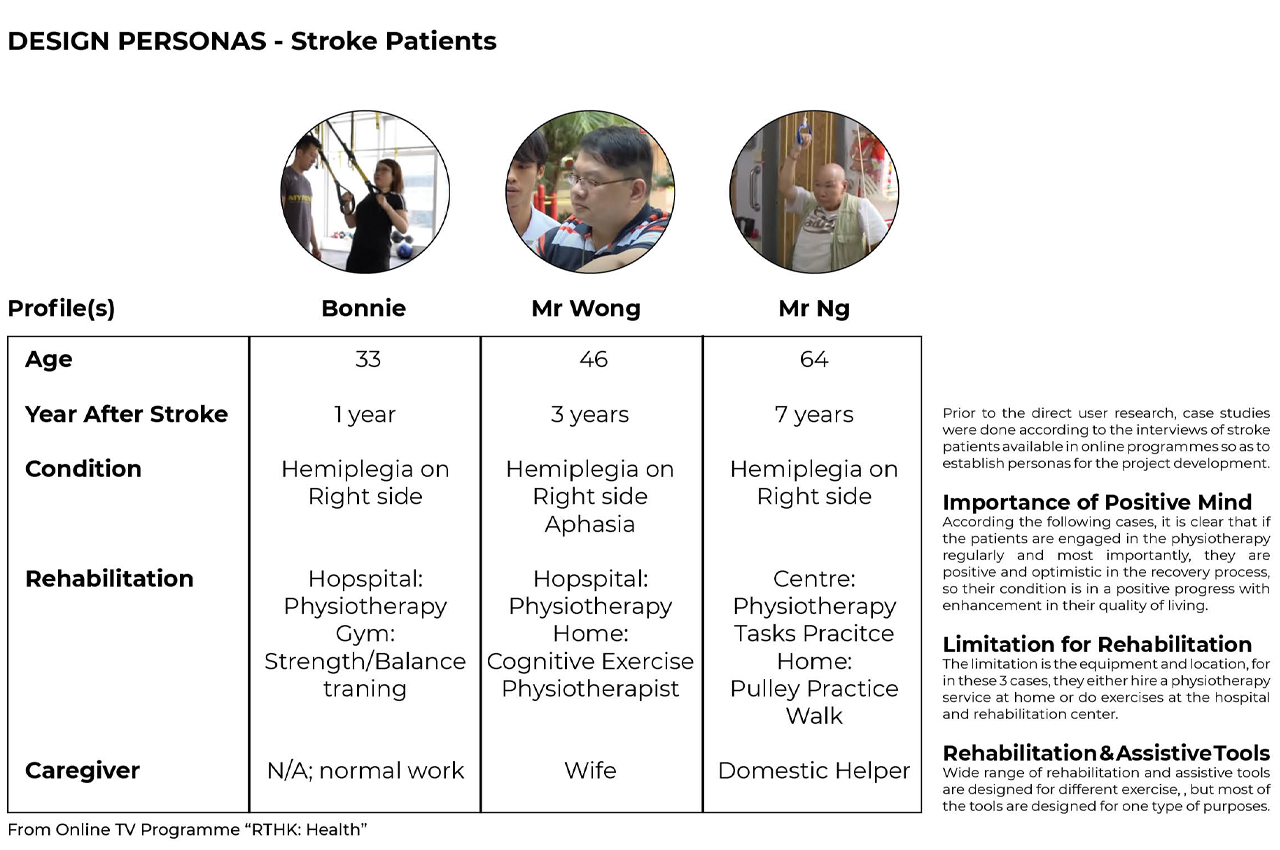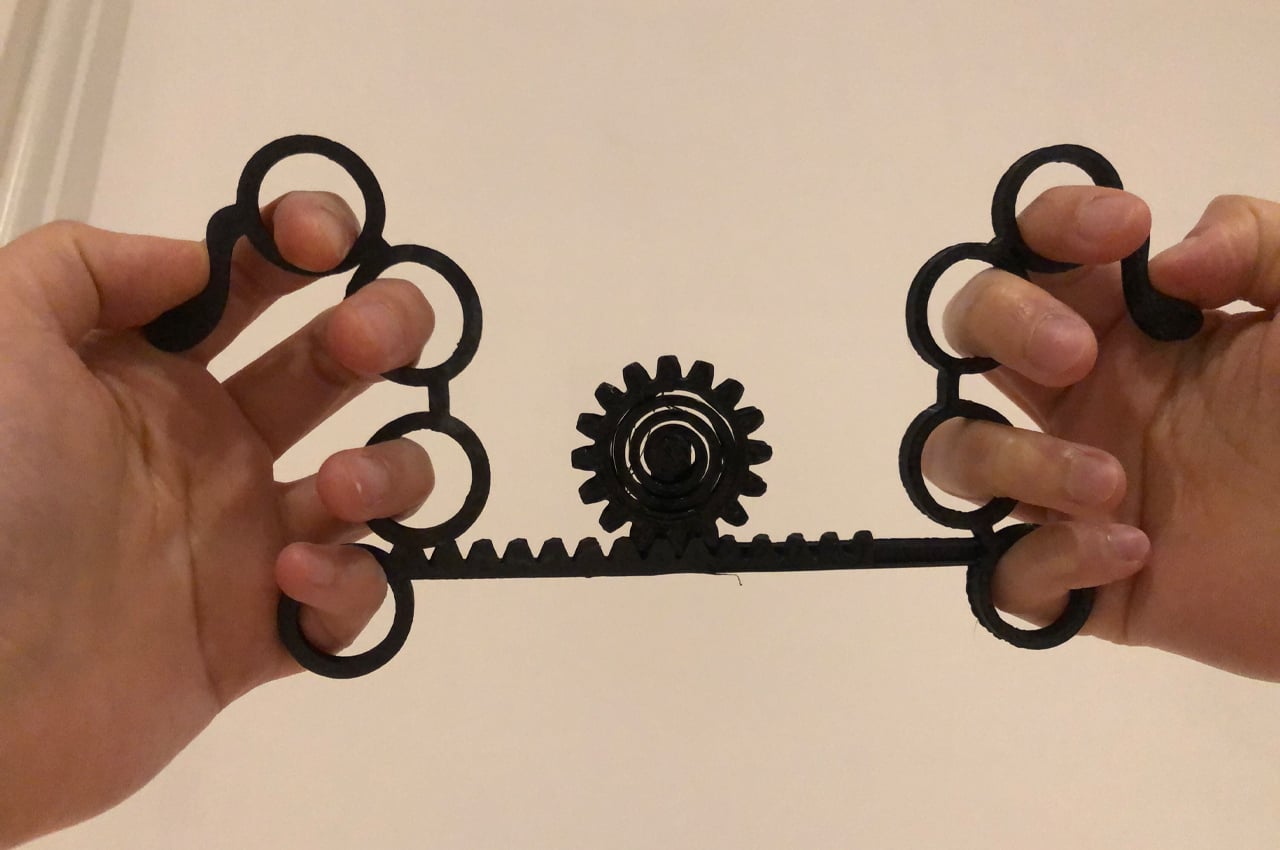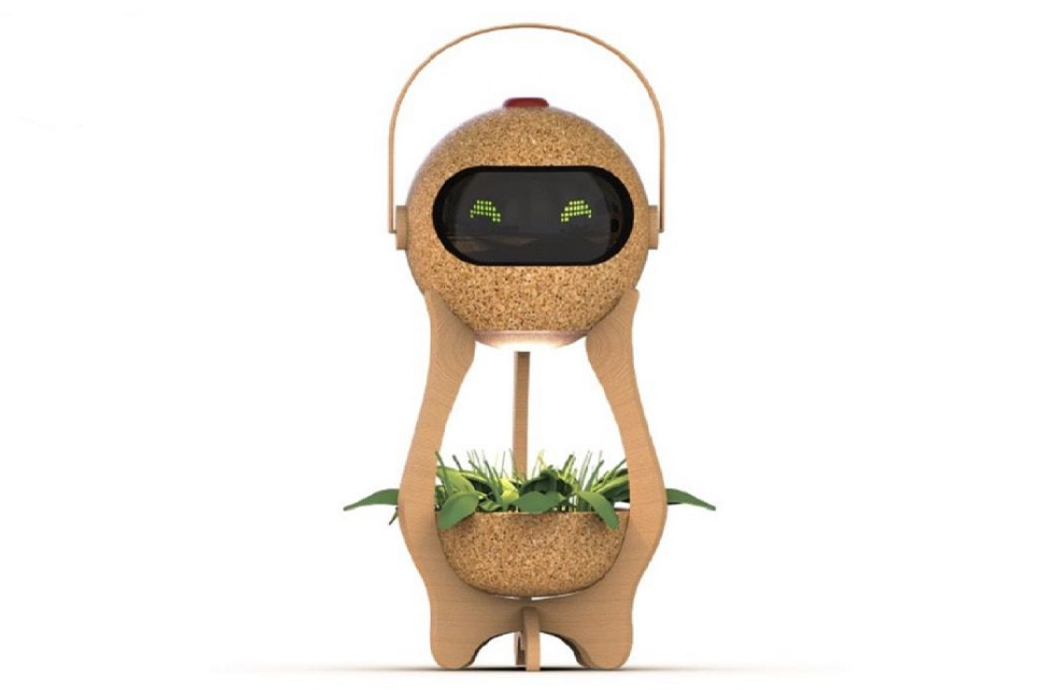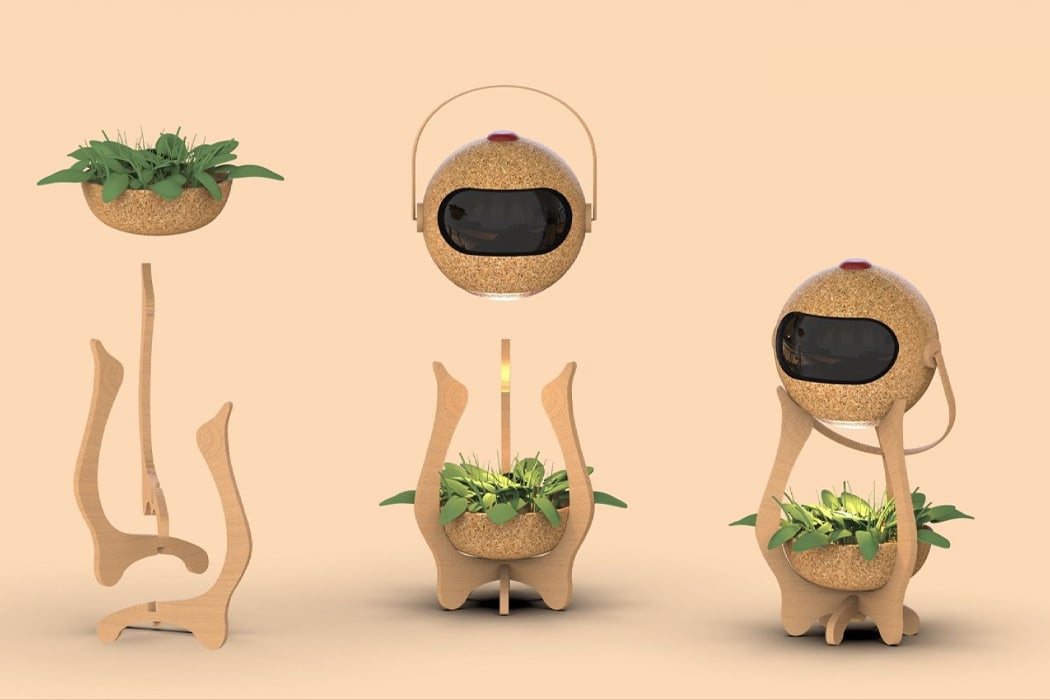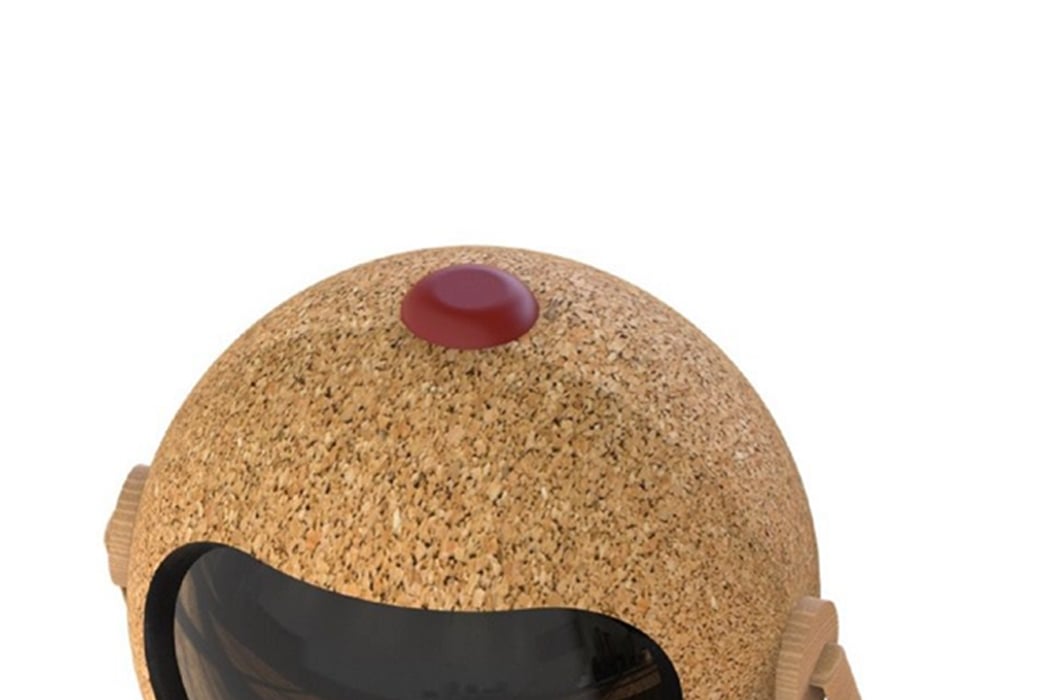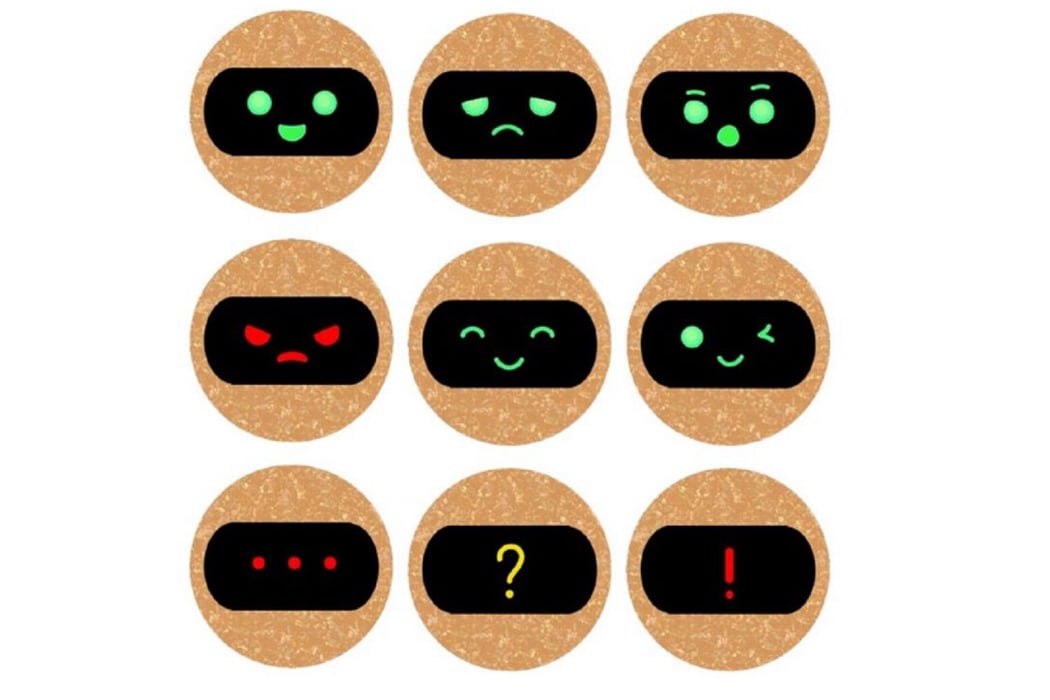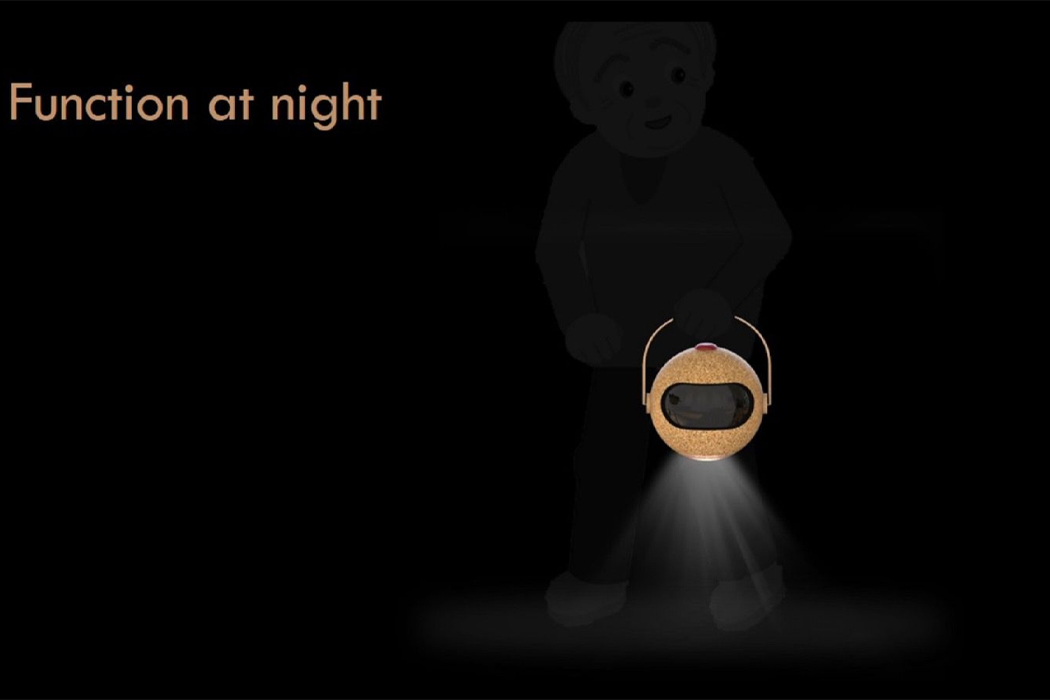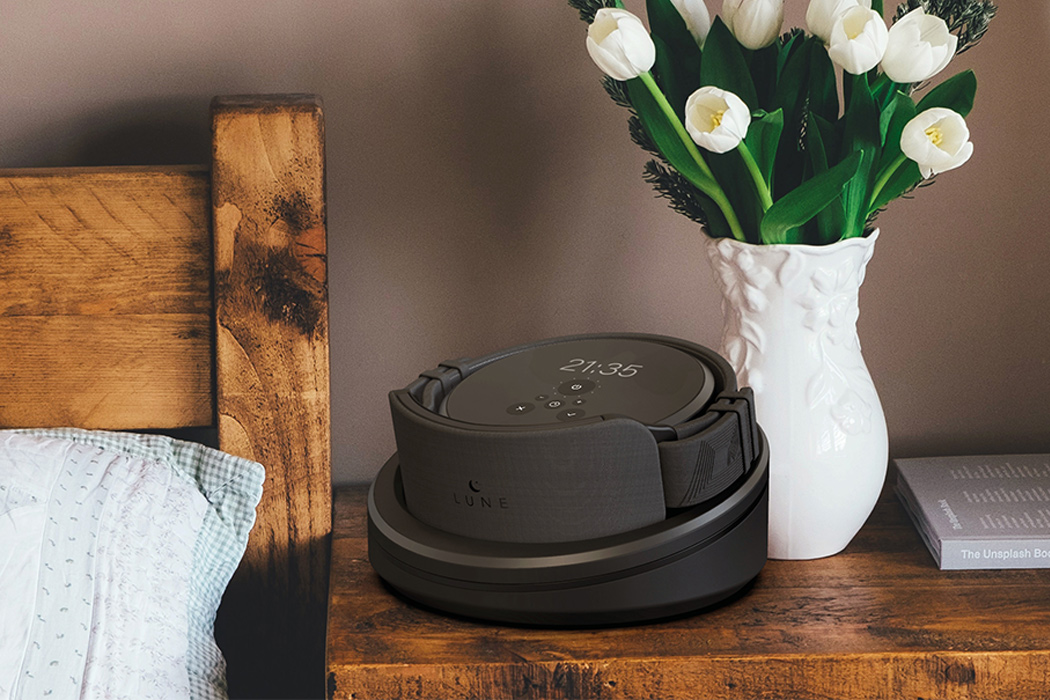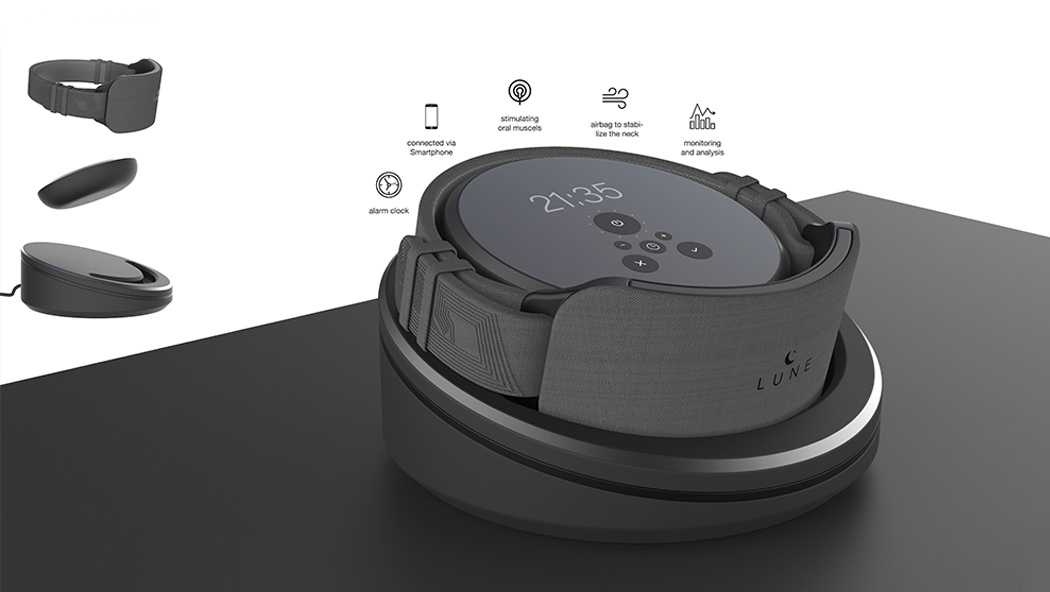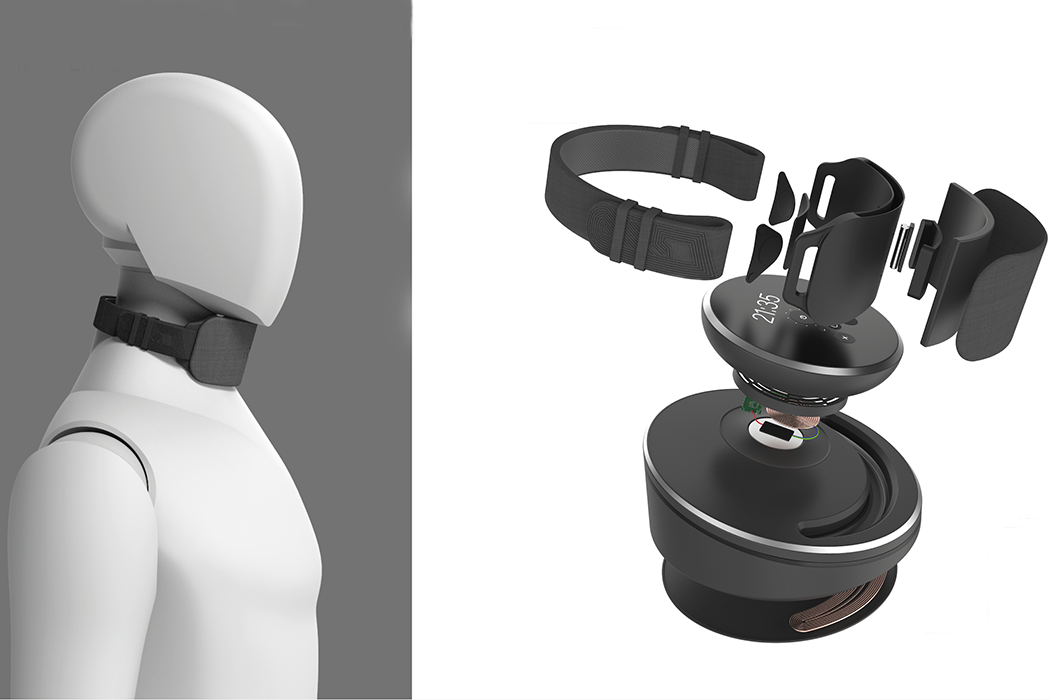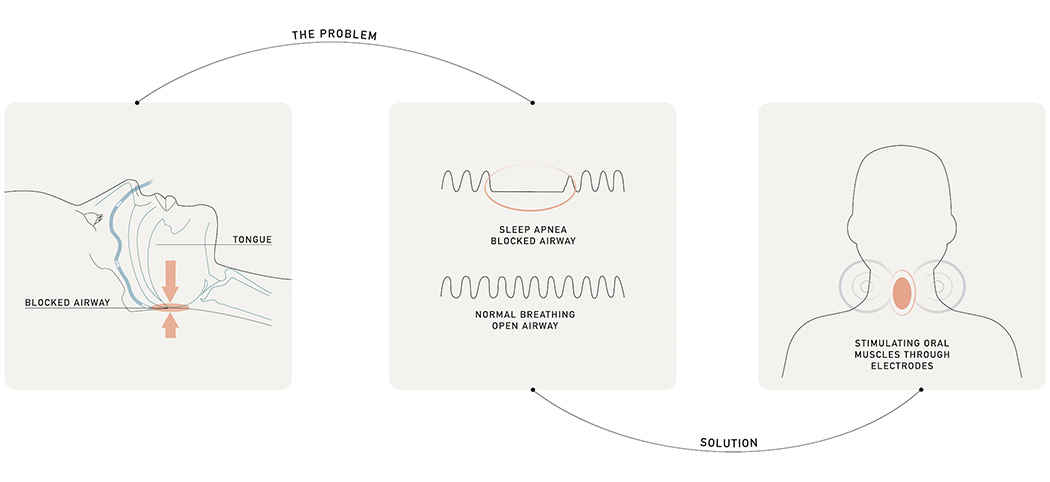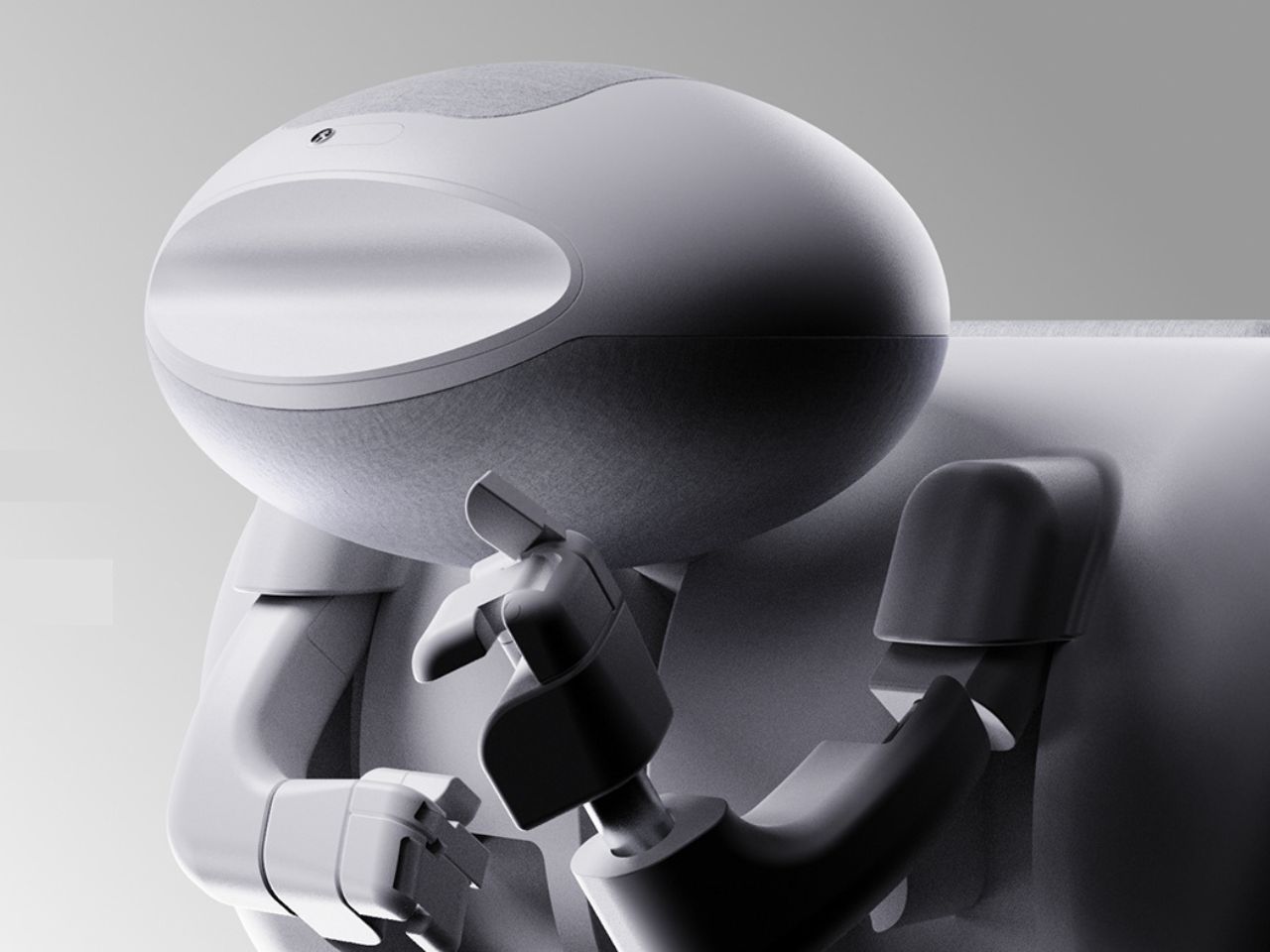
Imagine a world where seniors don’t just get by, they thrive. Where technology isn’t just a tool, but a companion, that’s where you’d have SILBO, a unique robot designed not just to help, but to be a true friend to seniors navigating the later stages of life. The name “Silbo” comes from the Spanish word for “whistle,” capturing the lightness and joy it hopes to bring into the lives of its users.
Designer: Taeyoon Kim and Hongik University
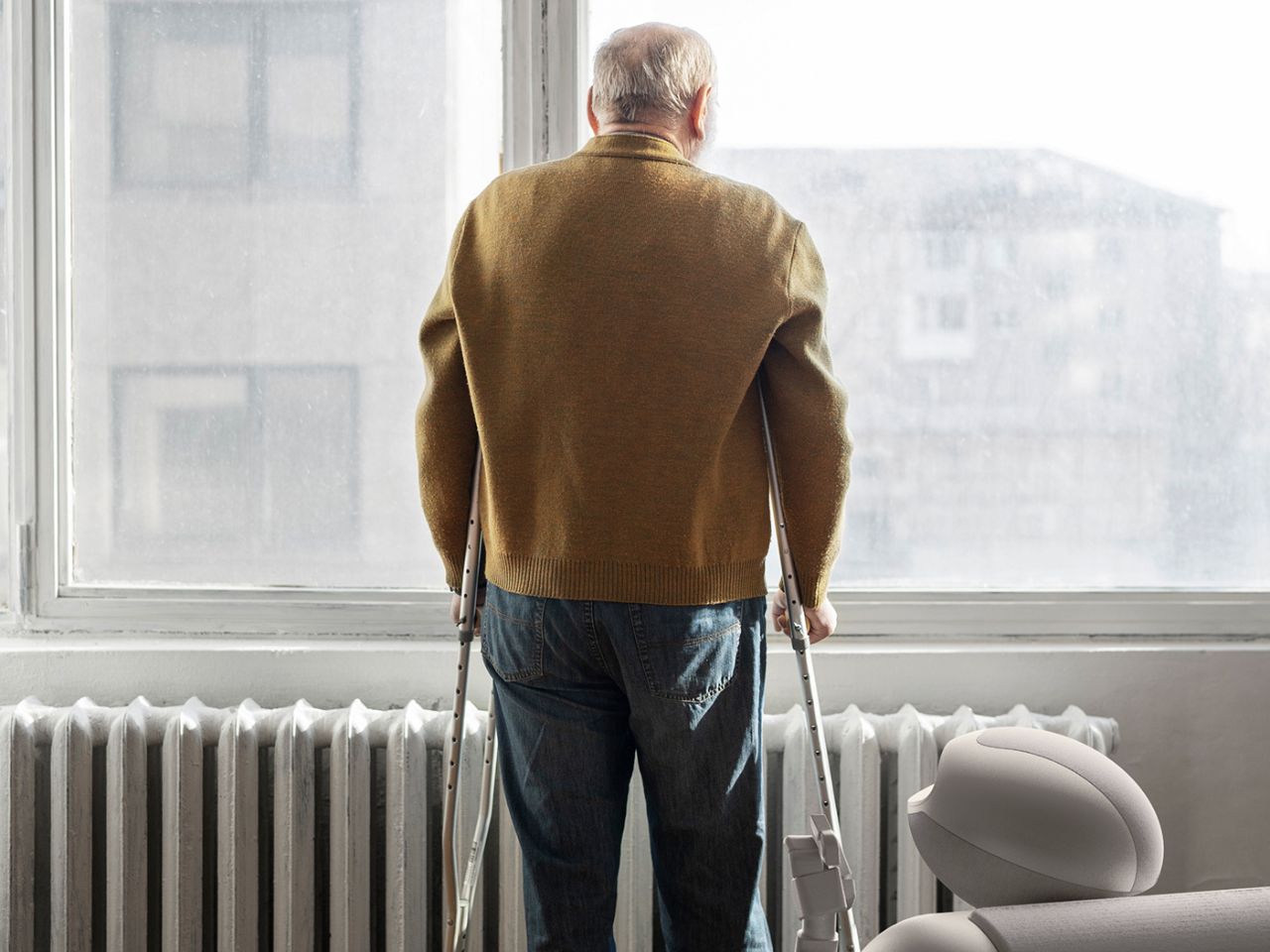
Silbo isn’t just another household robot; it’s a lifeline to a community, a bridge to a more connected, fulfilling life. The inspiration behind Silbo’s creation is the realization that many seniors, after leaving the workforce, feel a sense of isolation and a lack of belonging. Traditional social networks often cater to younger generations, leaving seniors on the sidelines. Silbo steps in to fill this gap, offering not just assistance but true companionship.
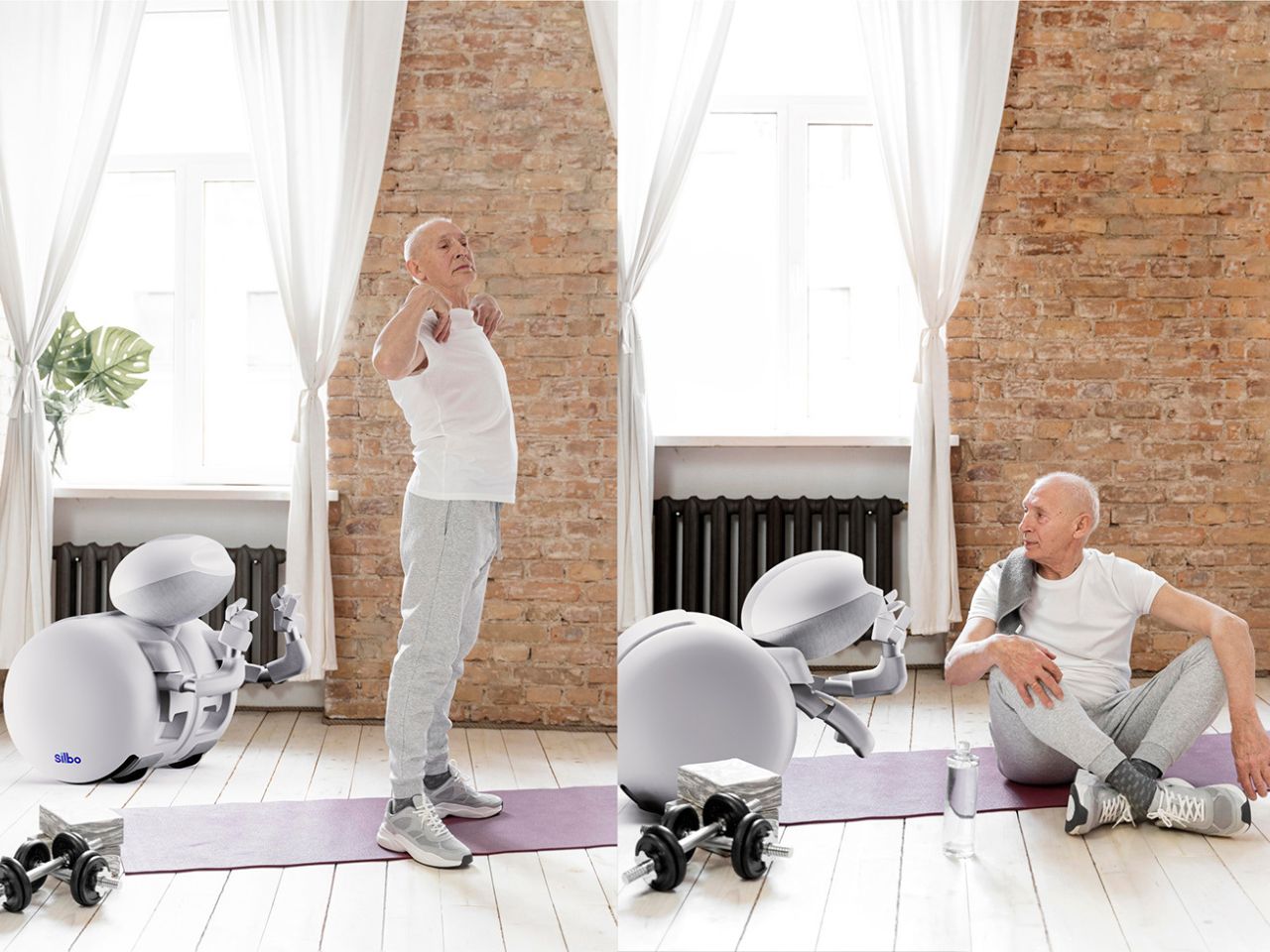
Have you ever heard of “Active Seniors”? This term refers to a new generation of older adults who refuse to slow down. They’re not content with the quiet, passive lives of past generations; instead, they’re working, playing sports, and engaging in social activities. Silbo is designed with these vibrant individuals in mind. It’s here to support their active lifestyles, while also being there for those quiet moments when a little companionship means the world.
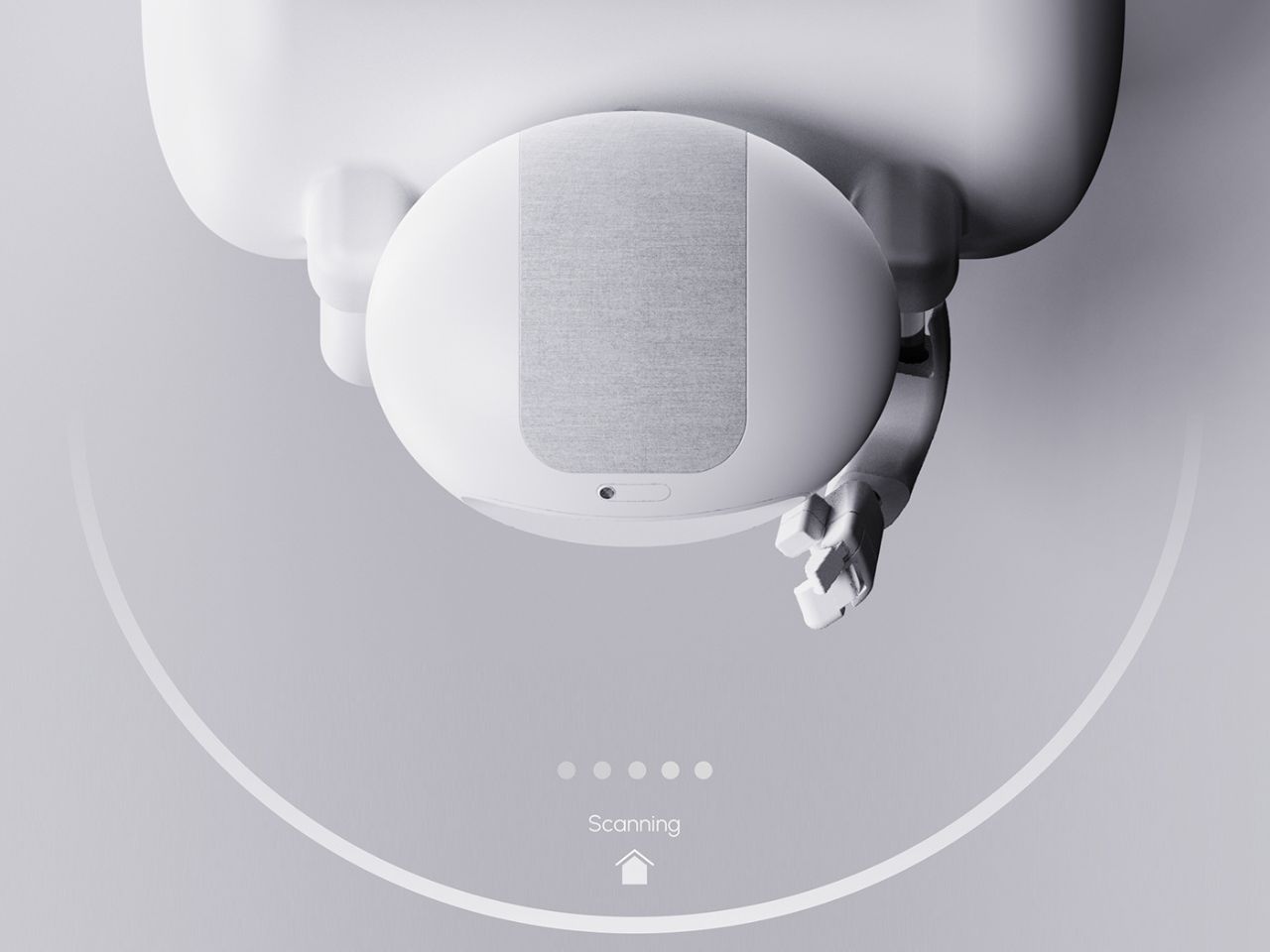
When you first bring Silbo into your home, it’s like meeting a new friend. This isn’t just a gadget you set up and forget about, Silbo takes the time to get to know you. It observes your daily routines, learns your habits, and tailors its actions to fit seamlessly into your life. Whether it’s reminding you to take your medication or just being there with a smile (yes, the robot has expressions!), It’s always about thinking about how to make your day a little brighter.
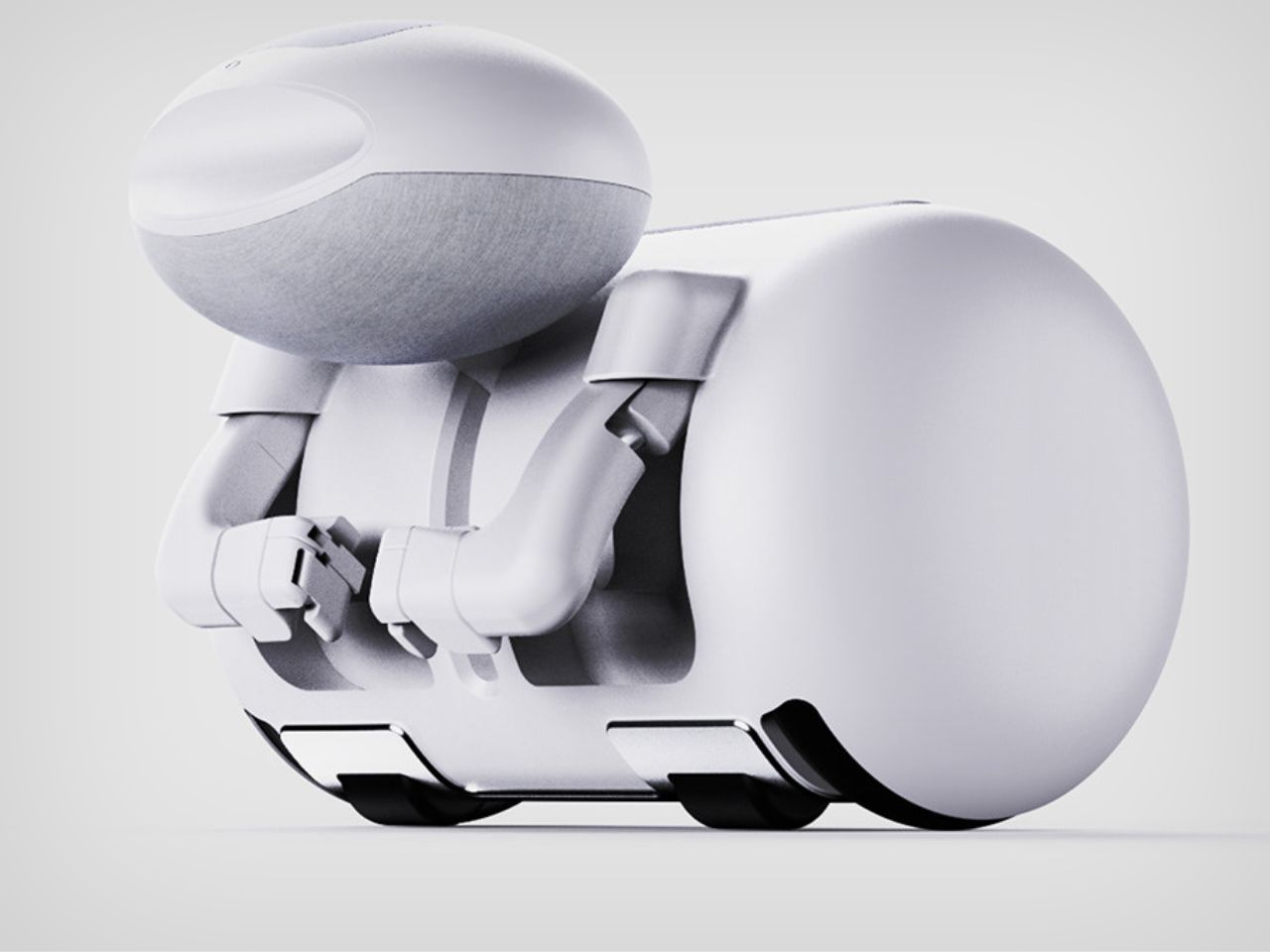
One of the most special things about Silbo is its ability to form emotional bonds. It’s not just about providing help, it’s about being there for you, understanding your emotions, and responding in a way that feels personal. With its range of facial expressions, Silbo doesn’t just act like a friend; it feels like one.
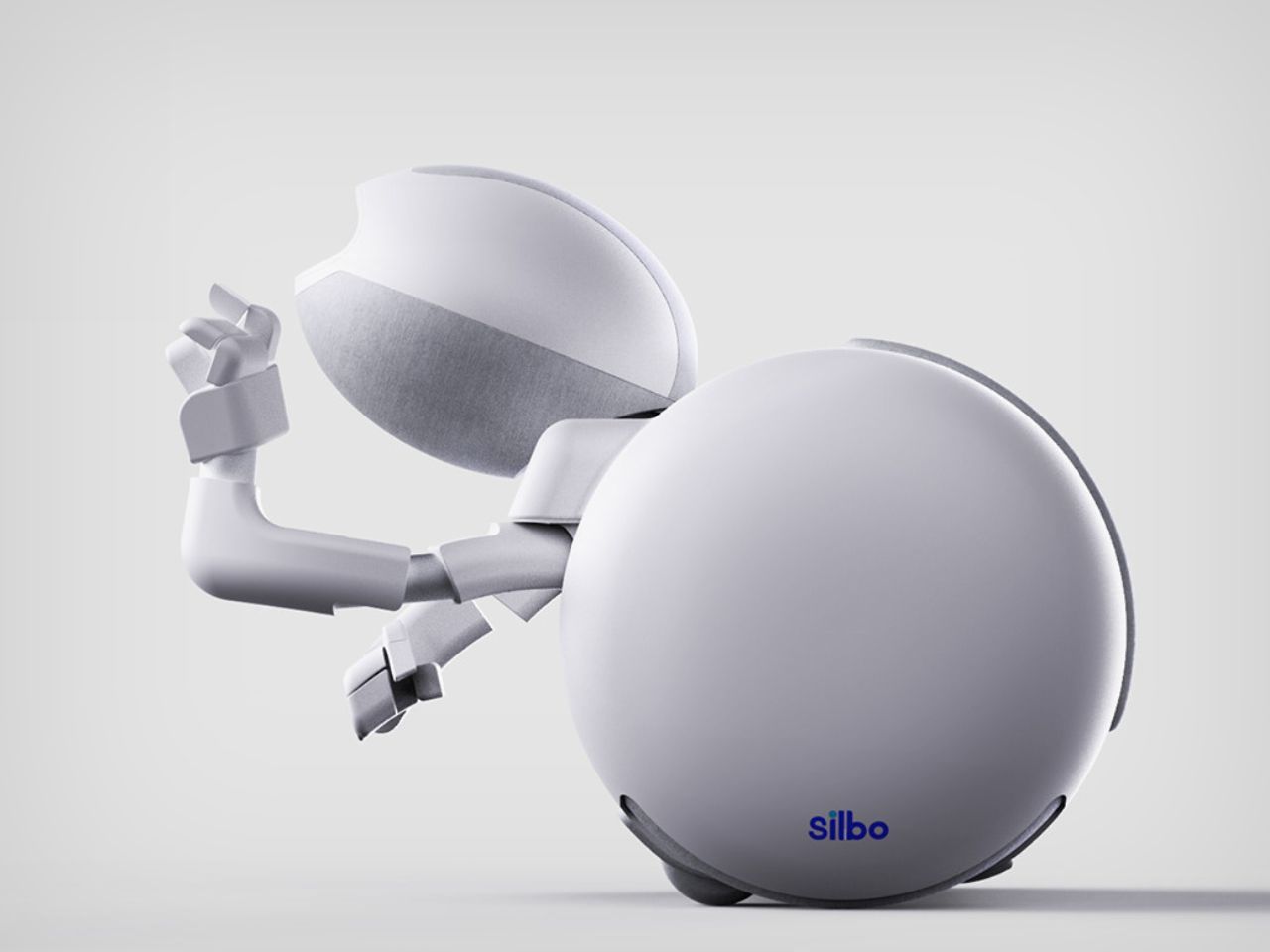
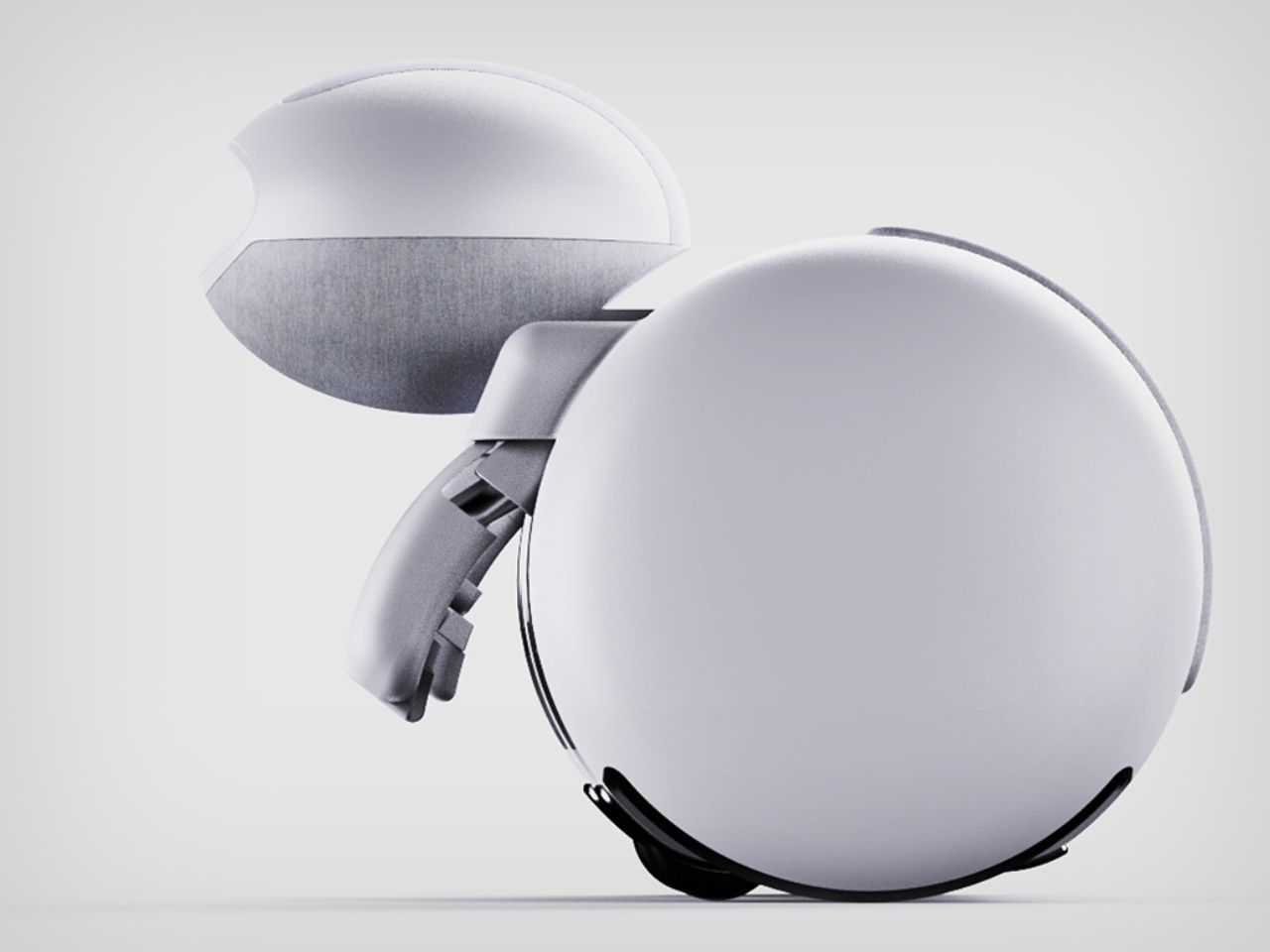
Silbo is a robot focused on being friendly and approachable. Designed with a human-like form, soft edges, and a range of facial expressions, it’s a robot that no one would feel uncomfortable with. It’s quite cute, actually, with its gentle presence adding warmth to any home.
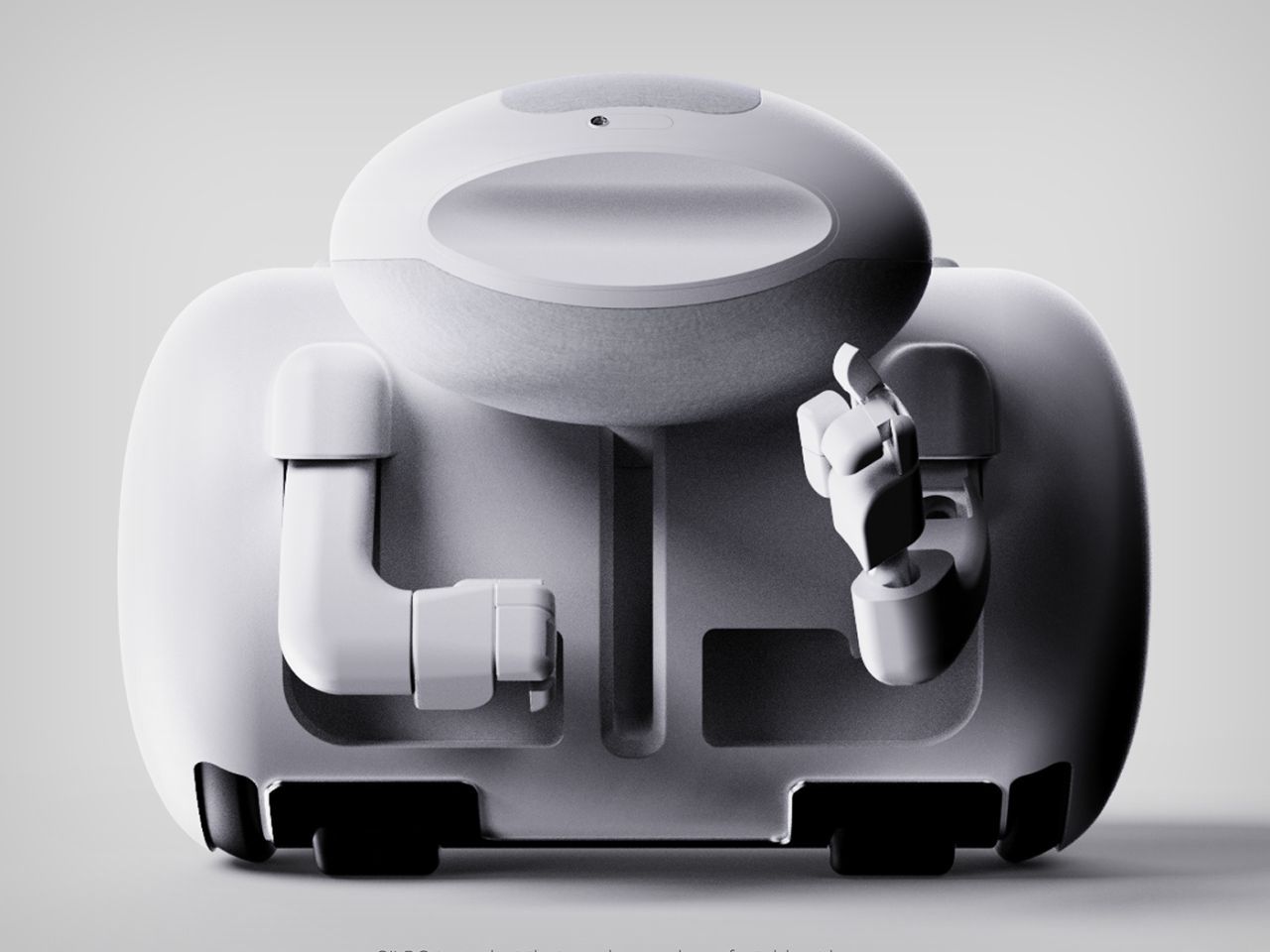
Communication can become a bit tricky as we get older, especially with the fast pace of new technology. But this companion makes it easy. With its AI-powered translation and communication features, you can speak to Silbo, and it will send texts or messages to your loved ones. You don’t have to struggle with tiny keyboards or complicated apps—just talk to your robot friend, and it’ll do the rest. This also makes it convenient for their children to keep a check on their parents, offering a comforting way to stay in touch even when distance separates them. Staying connected is important, and Silbo ensures that family bonds remain strong, no matter the miles in between.
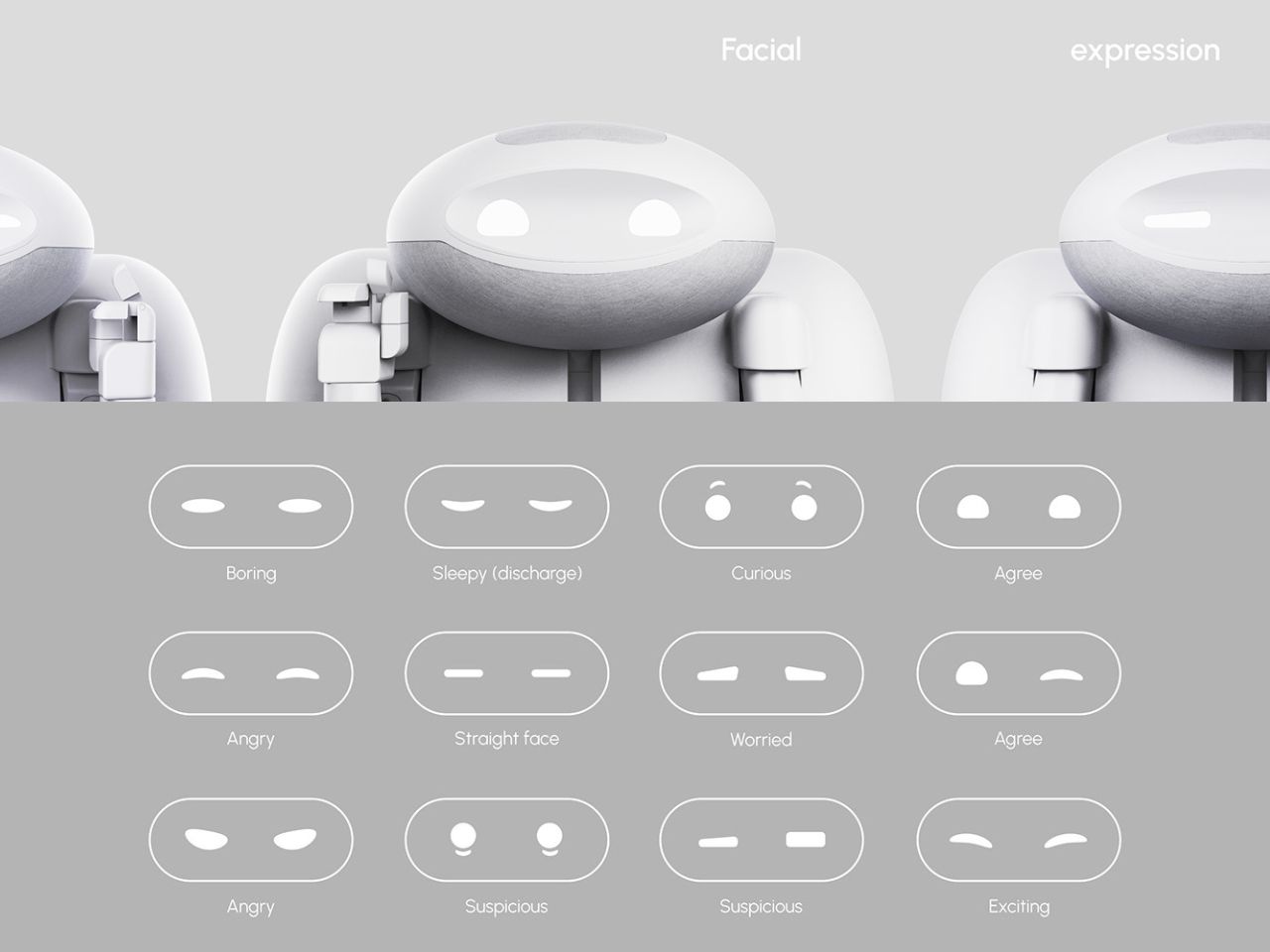
Seniors often find joy in reminiscing about the good times, and Silbo is there to help capture those moments. Whether it’s a family gathering or a quiet afternoon in the garden, it can record these memories, creating a digital scrapbook of your happiest times. It’s like having a personal historian who’s always by your side.
What’s truly remarkable is that Silbo is not just a home robot, it’s also designed for outdoor use. It can help around the house, but it’s also ready to accompany you on walks, garden outings, or even trips to the store. Silbo adapts to your lifestyle, supporting you wherever you go.
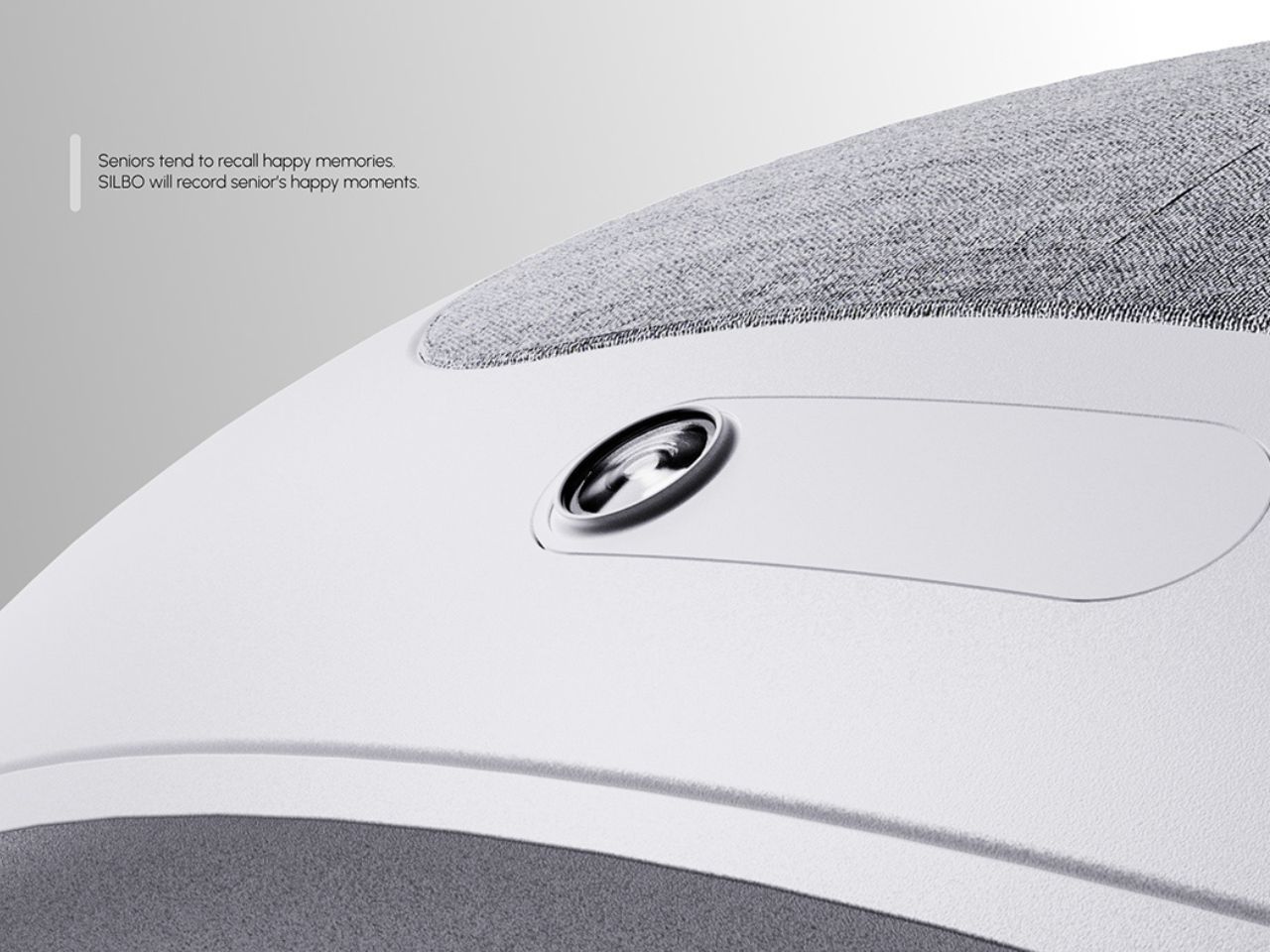
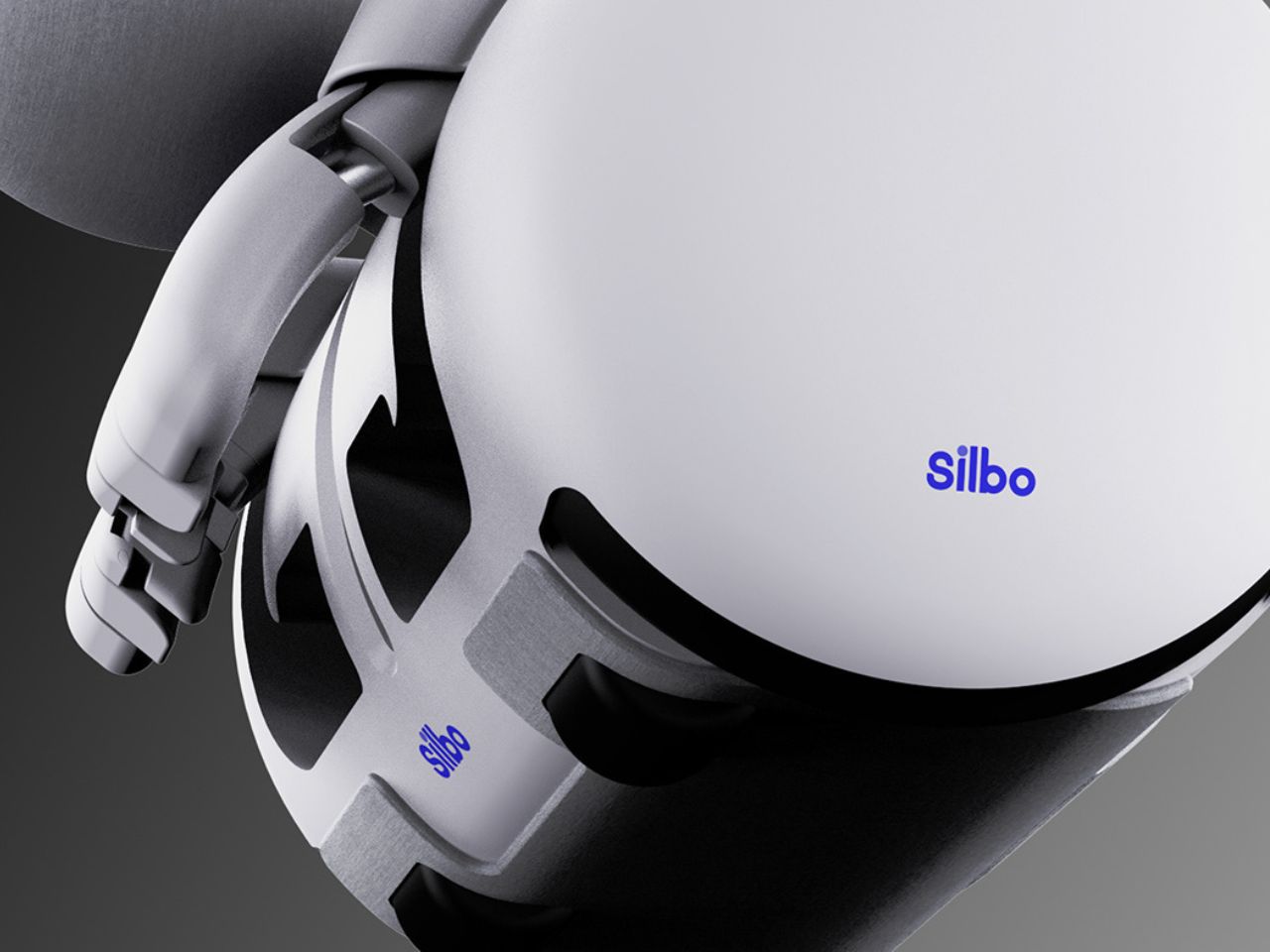
To make the experience even more personal, you can get a name tag for your Silbo, just like you would for a beloved pet. This small touch turns Silbo from a piece of technology into a true companion that’s uniquely yours. Additionally, there’s a special combo offer available, where you can get an acupressure ball along with Silbo, adding an extra layer of comfort and care to your daily routine. Silbo helps ensure that the second half of life isn’t just about getting by—it’s about living fully, with a friend who’s always there to share in the joy and offer a comforting presence when needed.
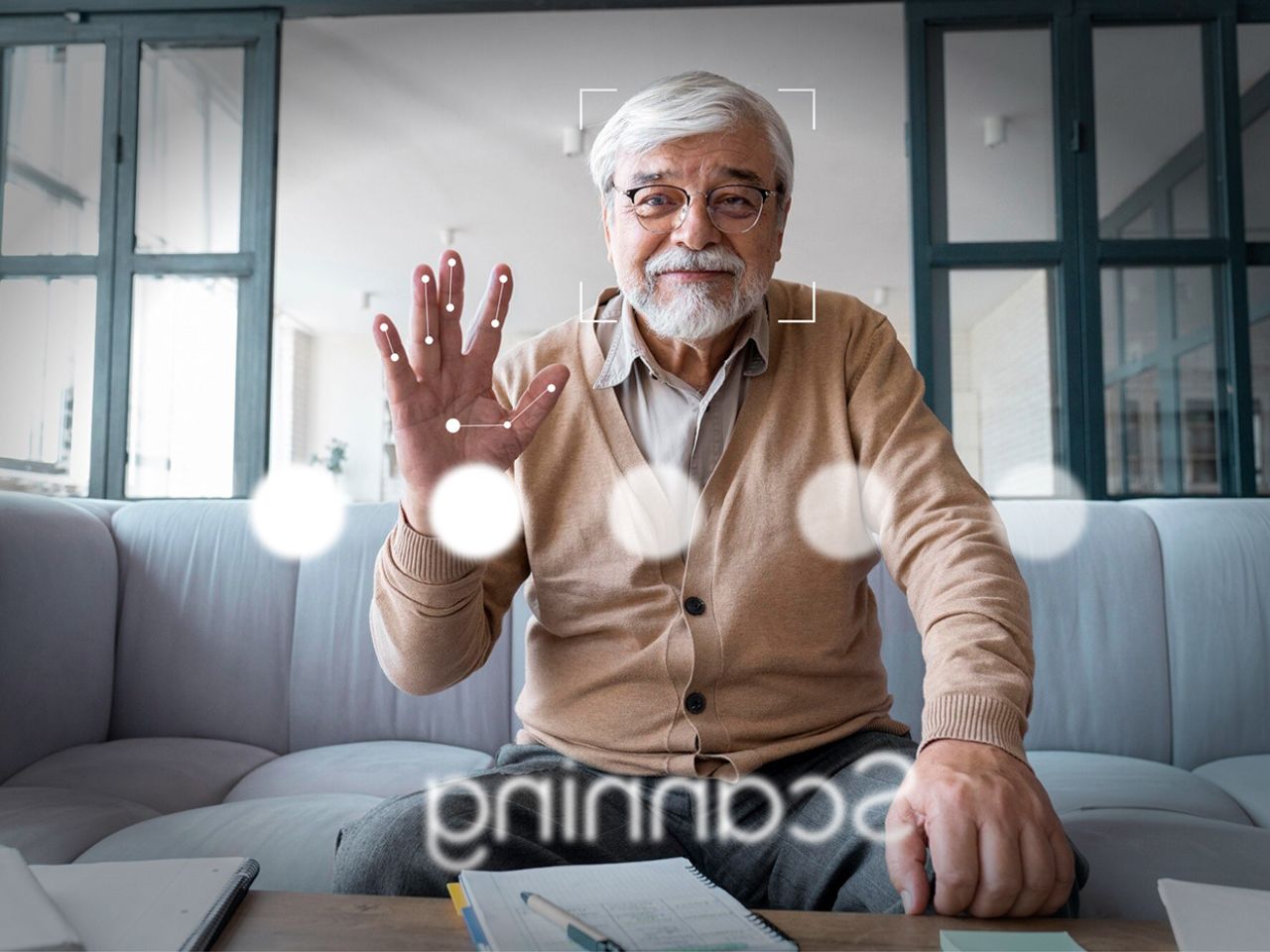
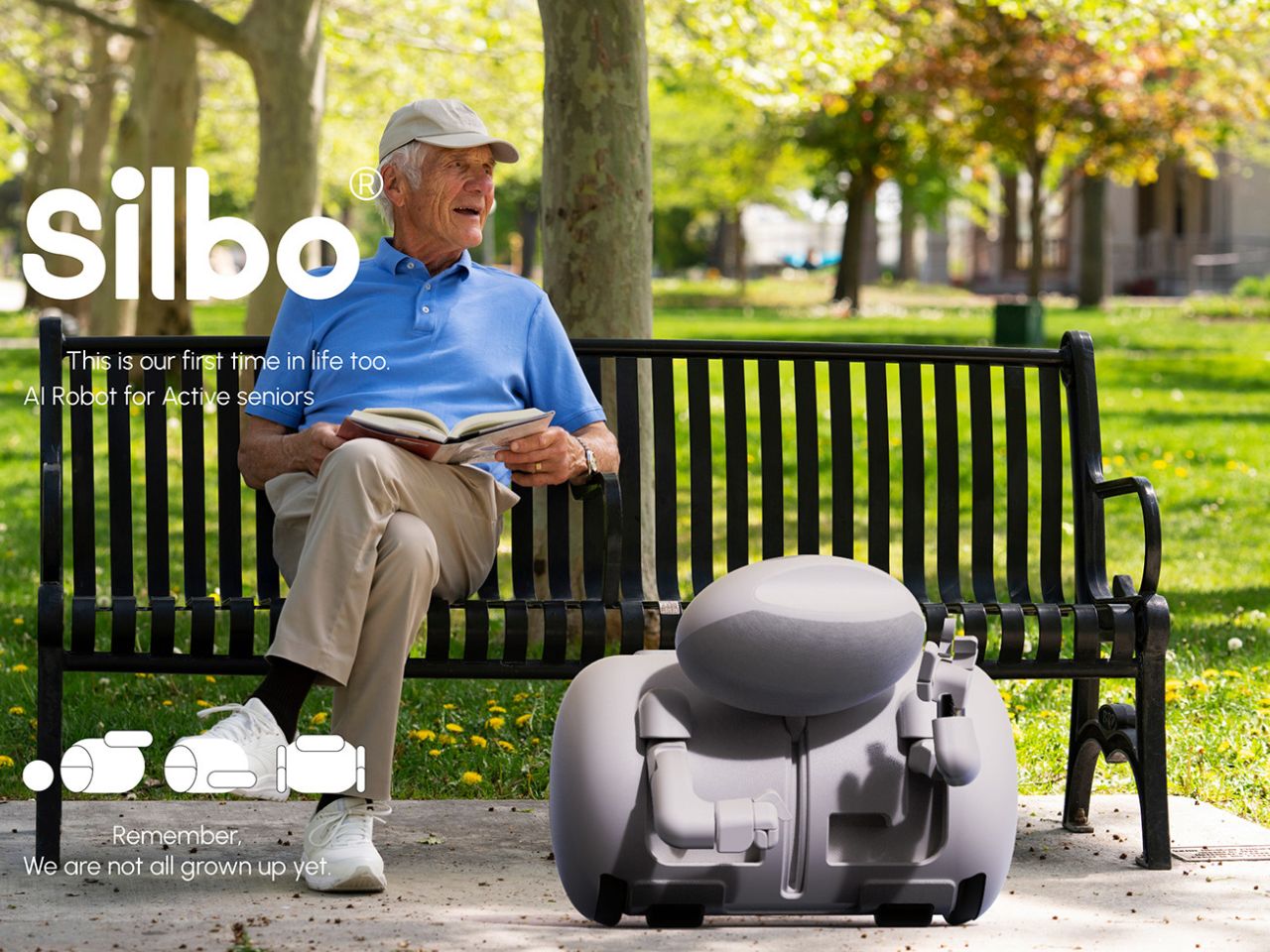
The post Silbo: The Robot Companion Helping Seniors Thrive with Joy and Connection first appeared on Yanko Design.
